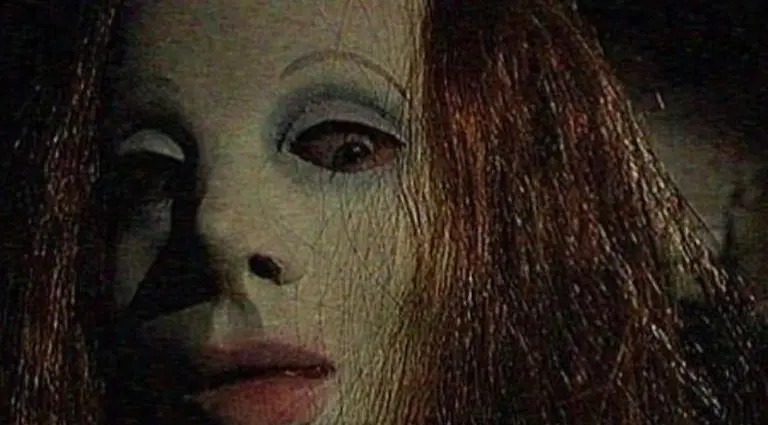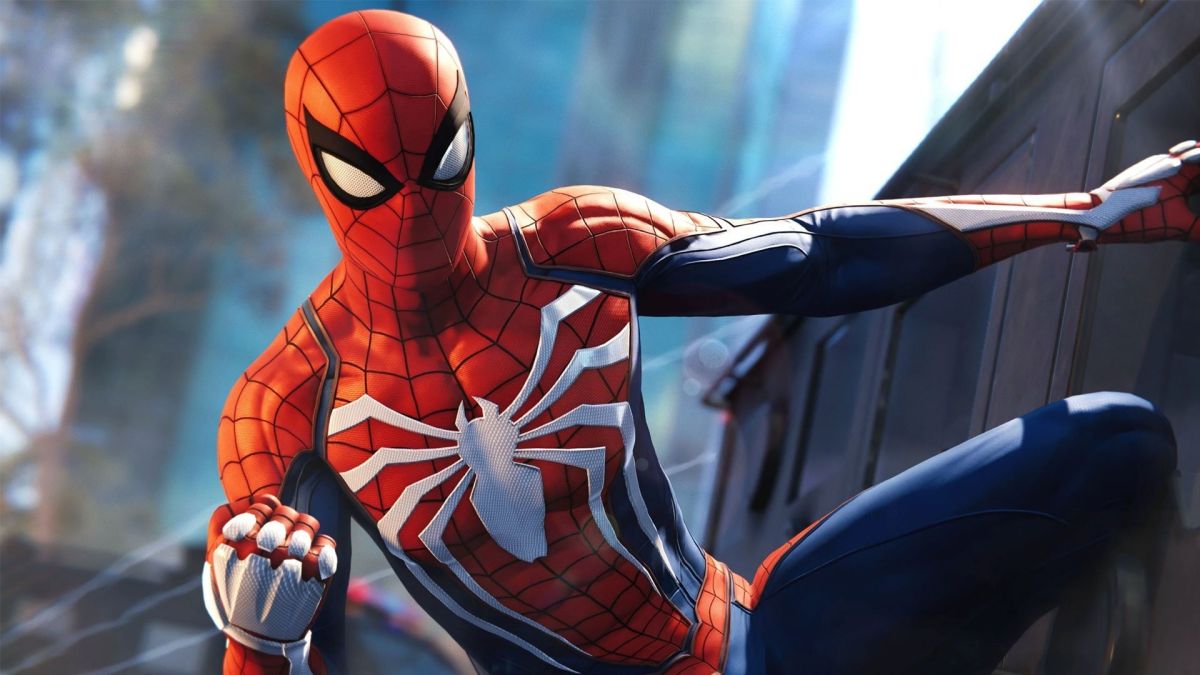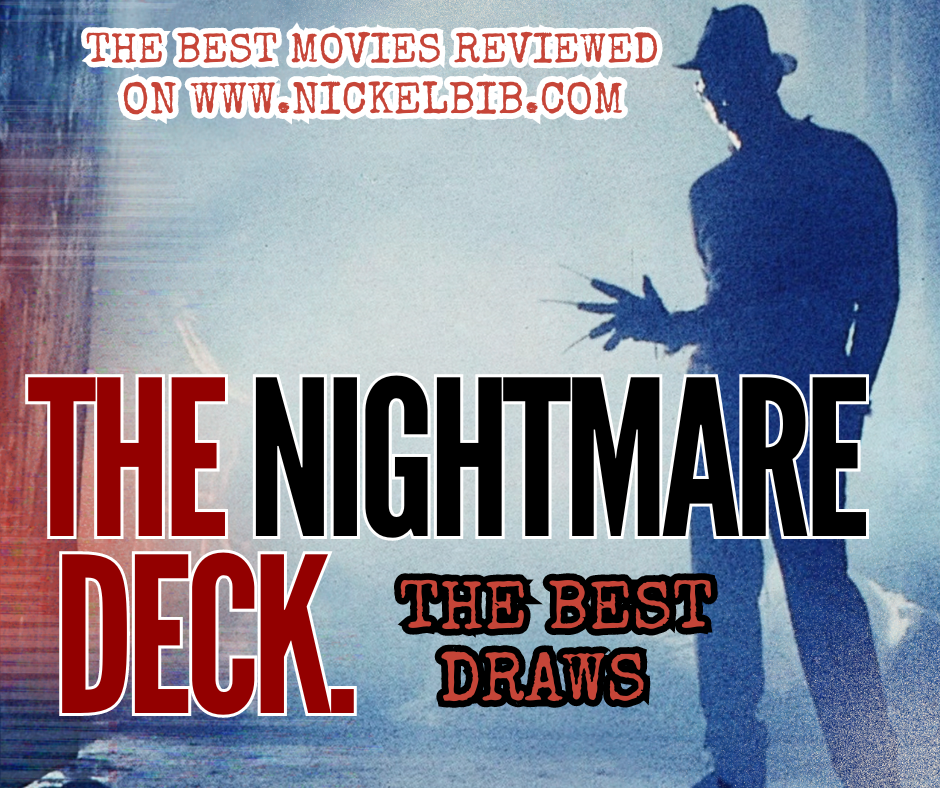Do you remember Ty the Tasmanian Tiger? A lot of you may. The Kickstarter for Krome Studios‘ 3-D platformer successfully raised over one-hundred thousand dollars, successfully funding HD ports of the videogame for Nintendo Switch, Xbox One, and PlayStation 4 (the Steam version actually arrived in 2016). A lot of you may not. Originally published by EA Games, the videogame was successful, but certainly did not have the breakout success of Ratchet & Clank or Sly Cooper, and was generally perceived as a budgeted exploitation of their successes by mainstream audiences. I, for one, however, remember Ty the Tasmanian Tiger. I owned a copy of every Ty the Tasmanian Tiger videogame (not one of them on the same platform! Original Xbox, GameCube, and PlayStation 2)!
As many of you who’ve read some of my other reviews have likely already surmised, I have a soft spot for 3-D platformers, and, more often than not, I am willing to try about anything I can. It helps that something like Ty landed squarely in my demographic at the right moment. I was a kid in a candy store with all the different anthropomorphic videogames available (no wonder I eventually wrote an entire series about a talking fox detective). I remember the trailer that came out when Ty the Tasmanian Tiger was first announced, do you? Basically, it had Ty walking through a hospital where Crash Bandicoot and Spyro were in casts, evidently from the ripper of a whippin’ Ty administered. Yeah, really. Crazy, right?
As prefaced, Ty the Tasmanian Tiger was developed by Krome Studios. A company that, from what I can tell, mostly does a lot contract work and third-party touch-ups at the moment. For instance, they did the remaster of Wasteland in 2020. They have some unique credentials though. Ironically, they developed The Legend of Spyro: The New Beginning and The Eternal Night, which means after Ty took Spyro off the shelve once, the studio came back and did it again. Joking aside, they are a smaller Australian-based company that I hope has the chance to do more later on.
Set on a fictional island in the land down under, the titular character Ty is tasked with searching for Thunder Eggs in-order to stabilize a machine that will allow him to collect five scattered talismans and free his family, who have been trapped in an alternate realm called The Dreaming by series antagonist Boss Cass, a cassowary seeking world domination.
I was excited to re-experience Ty on modern consoles, and, although I did not participate in the Kickstarter that funded Ty the Tasmanian Tiger HD, I did actively follow along and eagerly track its progression. Straightaway, it is important to highlight something I think most everyone at Gaming Rapture is already aware of – a remaster is not a remake. Ty the Tasmanian Tiger HD is not comparable to Vicarious Visions’ fantastic efforts on the Crash N. Sane Trilogy nor is it even comparable to any other remake may have seen. Instead, you should expect something on the order of the Ratchet & Clank Trilogy remasters that arrived on the PlayStation 3 way back. This is a PlayStation 2 videogame and, absolutely, it looks like a PlayStation 2 videogame, simply benefited by HD optimization. Otherwise though, it is more-or-less what you may have played over a decade prior.
That might disappoint some of you, and I can understand that. Certainly, from a consumer perspective, the price-tag of thirty bucks is a lot to ask for a digital-only videogame I can buy for a single-digit price on eBay – especially in the midst of an unprecedented pandemic and, especially, because you can buy the same port on Steam for half that. Videogames are expensive though and I did want to support the studio and reexperience the videogame from my childhood – after it went on sale for twenty-five dollars.
Like I remembered, Ty plays fairly well. The camera is functional and, although I can’t say for certain, I feel like that is something that might have been improved upon on in the port compared to what I remembered of the original. Basically put, I feel at home with Ty the Tasmanian Tiger, walking around, jumping, and traversing levels. This is, in part, because I have played it prior, but, more so, I think, because it borrows pages from so many other games’ playbook. Some have referred to Ty the Tasmanian Tiger as a shameless ripoff of Crash Bandicoot, which feels without merit, in my opinion. Not because it does borrow a lot of influences, but, because its collect-a-thon style and approach to exploration is far more similar to Spyro, Mario, and Banjo Kazooie, respectively.
The characters and their storylines are mostly uneventful. I was charmed more by the visual aesthetic and their model design than I was by their cheesy, repetitive one-liners and one-dimensional, archetypical portrayal. The cozy, friendly approach, including our polite protagonist, strongly contrasts the pedal-to-the-metal, edgy approach EA Games tried to accomplish with the marketing for Ty.
This is a comfort food type videogame and I was here for that, really. If you have ever played a Dark Souls game, or a lot of other open-world RPGs, for that matter, think about whenever you had to backtrack to where you started. Think about the difference between how you approached the first batch of enemies at a pipsqueak with a dagger compared to how your maxed out badass mows through them now. That’s more or less Ty the Tasmanian Tiger from beginning til end, and that is not necessarily bad. Sometimes all I want to do is check my brain off, run around and collect things, and, when I am done, take my easy Platinum trophy and go. That’s what Ty the Tasmanian Tiger offers.
Like I said, the characters don’t have a lot of identity to them, other than the soundbites they blast you with on occasion. Other times, they can feel outright melodramatic, like the portrayal of Cass’s henchman Sly, more or less an evil version of Ty. The character and plot development feels abrupt and out of nowhere like an RKO, and, once it culminates, all you can do is laugh at its absurdity and wonder if you’re laughing with it or at it.
The music is enjoyable and thematic, and although the graphics are certainly dated, to say the least, I do appreciate the Australian décor and some of the level design.
The selection of weapons is standard. Ty’s weapon of choice is a Boomerang, and, as a result, you will be offered an array of different styled boomerangs to choose from. These are mostly simple – like, for instance, an ice-based boomerang or a fire-based one. They are alright in my book, but not anything exceptional or noteworthy to speak of. Honestly, I can’t remember which boomerangs were from the original and which ones were added solely to the remake, but something about retroactively adding them in makes them feel fairly inconsequential. The videogame was programmed with certain boomerangs in mind, like a fire-based boomerang can melt ice that blocks certain areas, but, the ones, ahem, thrown in, weren’t meant to be used, and generally come off tacked on and not useful. I did appreciate the boomerang that allows you to hone in on certain collectibles, which made the Platinum more easily achievable, but I think it could have been more thorough or fleshed out. The boomerang helps through sound, but that sound can sometimes become lost in the background or feel difficult to decipher. I think it would have been better if we had something like how Sparks could help guide you in the later Spyro games, but I digress.
Something that Krome Studios does add to the remaster is motion controllers for the boomerang, which I highly recommend you turn off and forget about altogether. Firstly, know that I played Ty on the PlayStation 4, whereas it might have been made more with the Switch in mind. Nevertheless, I found it so clunky and difficult that, for such an easy game, I don’t think I could have possibly completed it with them turned on, particularly with certain minigames and a sequence at the end where you have to guide your boomerang for an extended period. Maybe it turned out better on the Switch, but, crikey, how it was implemented in the PlayStation 4 was bad.
I came off fairly negative in my review of Ty the Tasmanian Tiger, but I did enjoy it on some level. It is a complicated situation in which I don’t really have a clear explanation on my behalf. It is not a “so bad, it’s good” reaction nor am I actively laughing at it, or anything like that, but, rather, I am taken by its simplicity and the mindless charms had from collecting things. It is not something I would necessarily recommend to anyone outright, unless you had an emotional attachment to the original, or, at the very least, are a fan of 3-D platformers.
All of that aside, I don’t regret supporting Krome Studios’ return to consoles, and, in fact, I feel confident I will buy a copy of Ty the Tasmanian Tiger 2 when it arrives sometime around July this year. (Note: – I did.)





